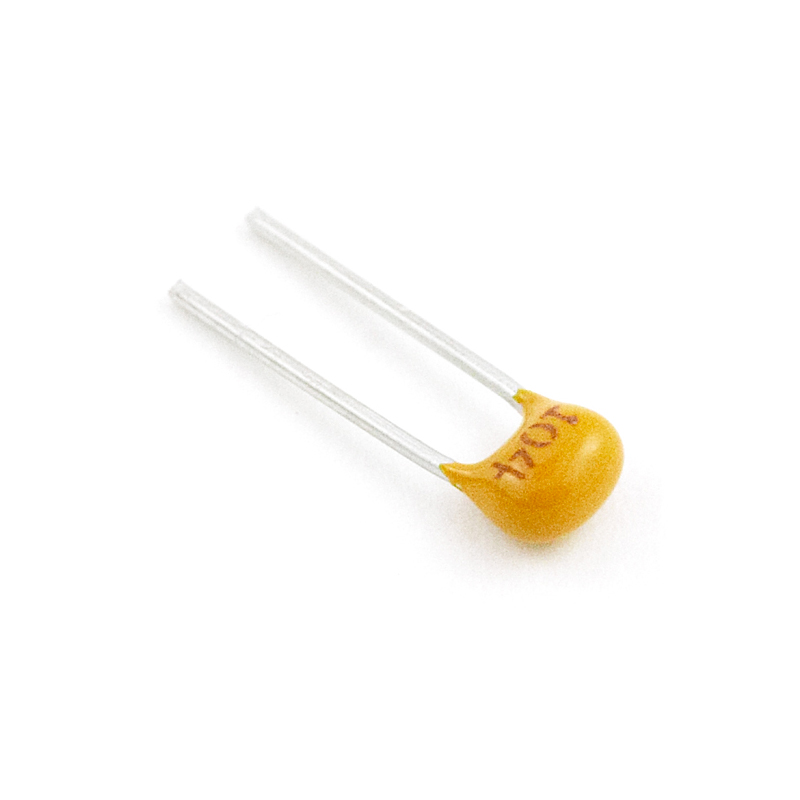PCB research coordinating body, PRISMARK's analyst, Xu Jiang Gao said smart phones and tablet PCs are still the main source of demand, but the previous leader, including Apple, Samsung seems to have been facing difficulties, coupled with already high penetration of high-end products, the future growth momentum remaining old machine replacement demand, so the low-end products will become the next battleground PCB industry, especially China brand market. Xu Jiang Gao said the maximum kinetic energy of the low-end mobile phone growth from China, brand factory, including Lenovo, Huawei, ZTE, Cool, millet, and many can not remember even the name of the manufacturer, although each house is not large, but it needs to add up very strong, mainstream price of about 600 to 1500 yuan (3000 ~ 7500 yuan NT). Another relatively stable car electronics, personal computers, industrial and military is weak. If the PC can be stabilized demand, coupled with new smartphones and tablet PCs launched in the second half is still a chance the global PCB output value grew 10% over the first half. Xu Jiang Gao analysis, smart phones from Apple iPhone began to Apple in 2010, are leading the trend, from 2011 to 2012 turn out to be South Korea Samsung. However, the first half term, high-end smart phone market seems saturated, the growth of demand for low-cost handsets but higher than high. Xu Jiang Gao pointed out that currently forecast, this year's global tablet PC shipments will reach 230 million units, compared with 130 million units last year, significantly grow, this is a relatively conservative estimate, do not rule out the chance doubled compared to last year, point 2.5 to 260 million units. Printed Circuit Board Factory in Taiwan last year the total revenue of about $ 16.4 billion (492 billion yuan NT), accounting for the global PCB output value of about 30%; However, if an individual product point of view, to HDI (HighDensityInterconnection, high-density interconnect) output value accounted for relatively high, accounting for about 33%, about 32% of the proportion of traditional board, carrier board about 31%, both with a considerable proportion of the total. As for the soft board is weaker than last year, Taiwan-based soft-mill output accounted for only about 20 percent global share, down from 23 percent in South Korea and Japan 37%.
 EC4
EC4 ET1 Dipped CA42
ET1 Dipped CA42 Coin Type
Coin Type